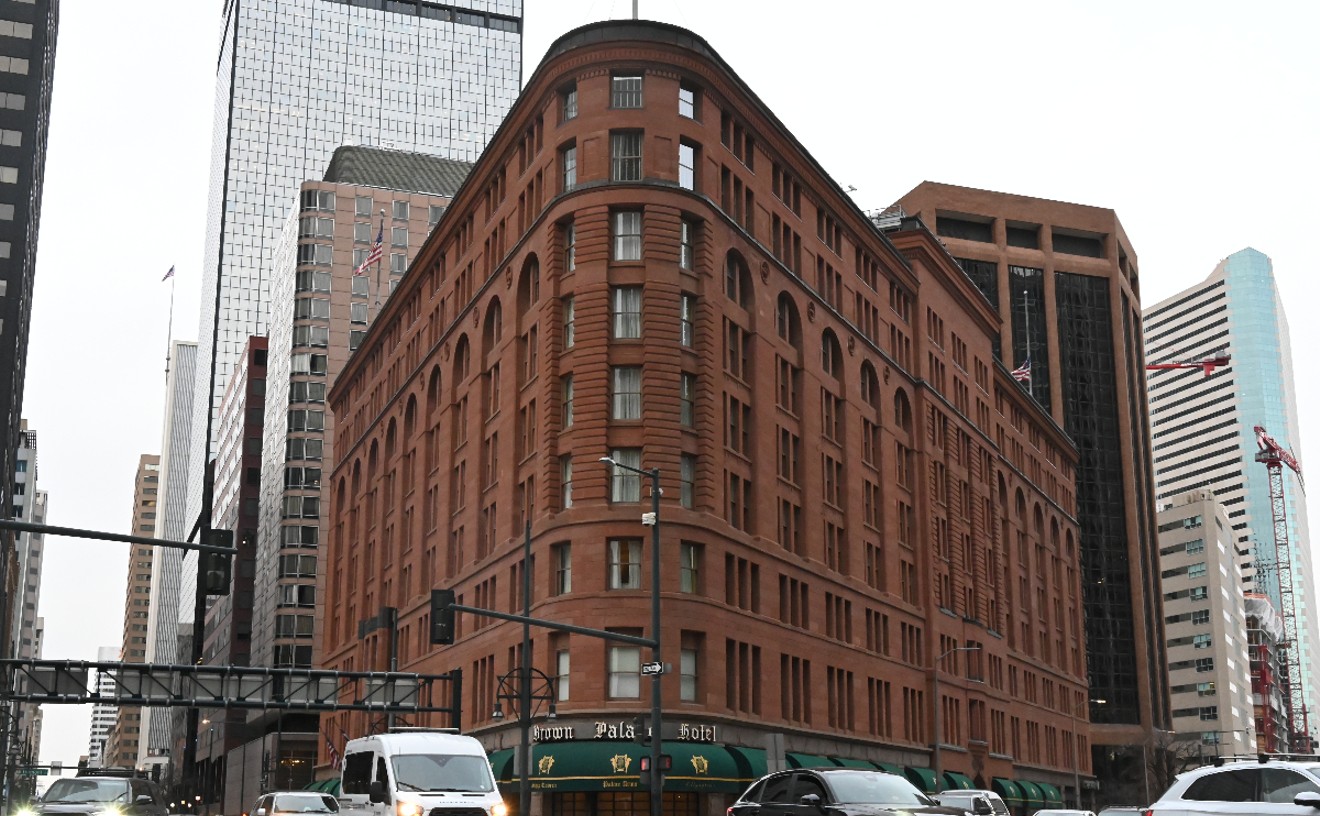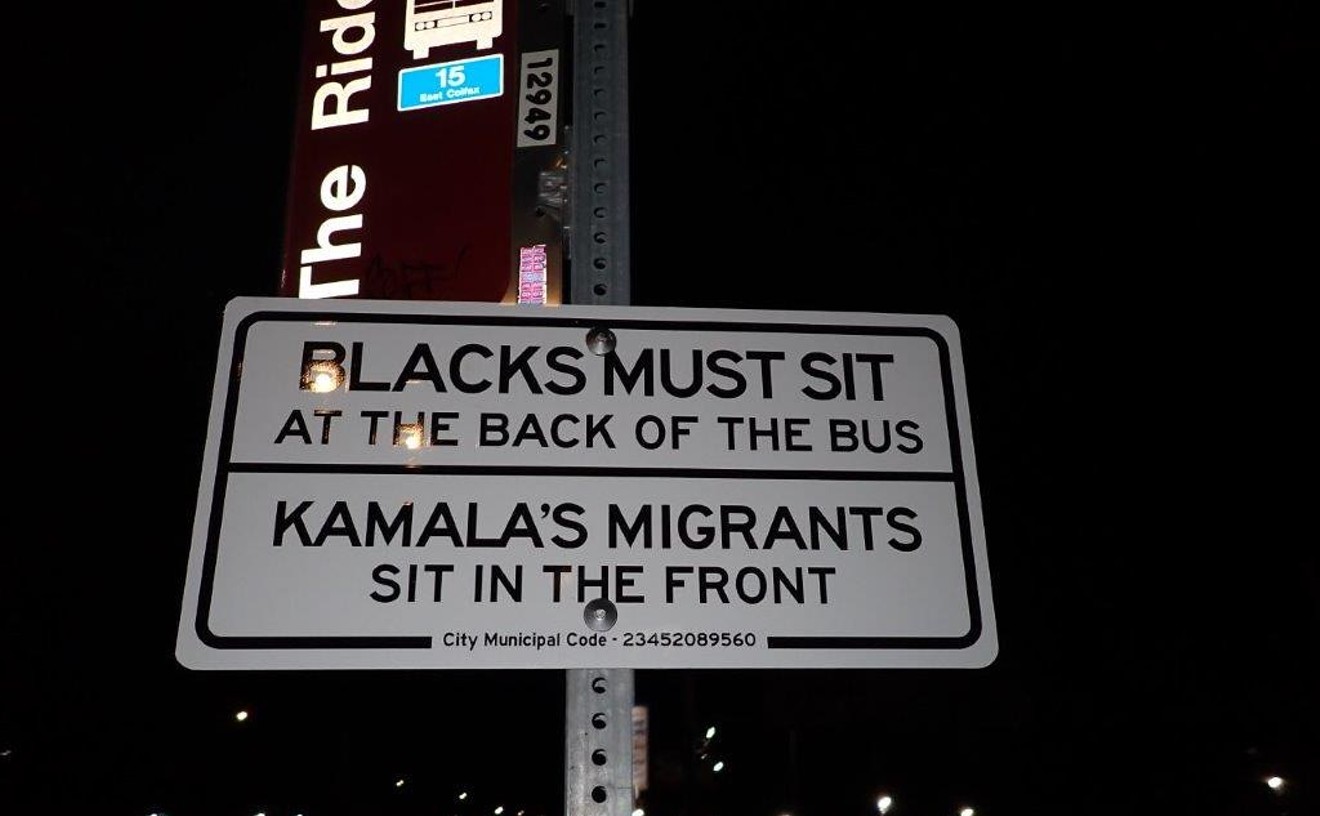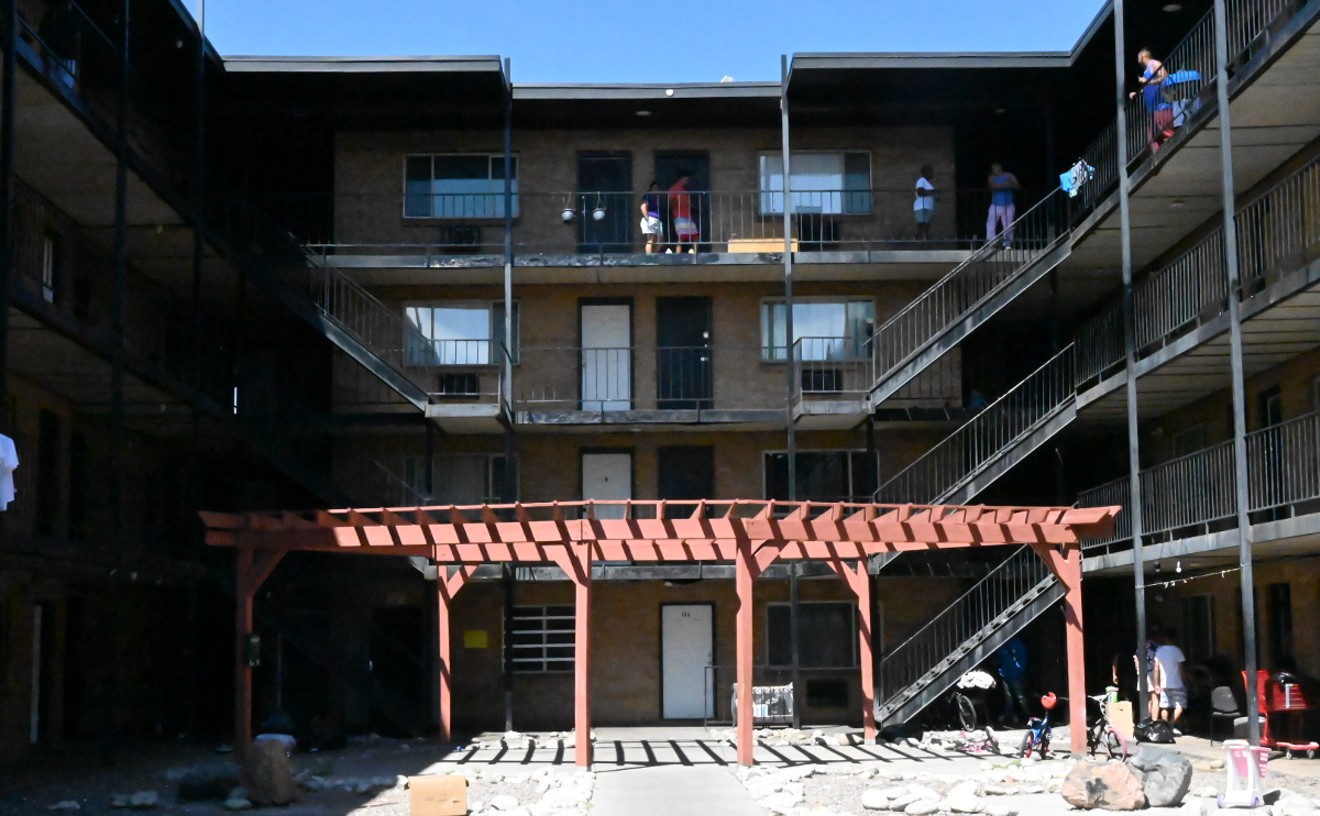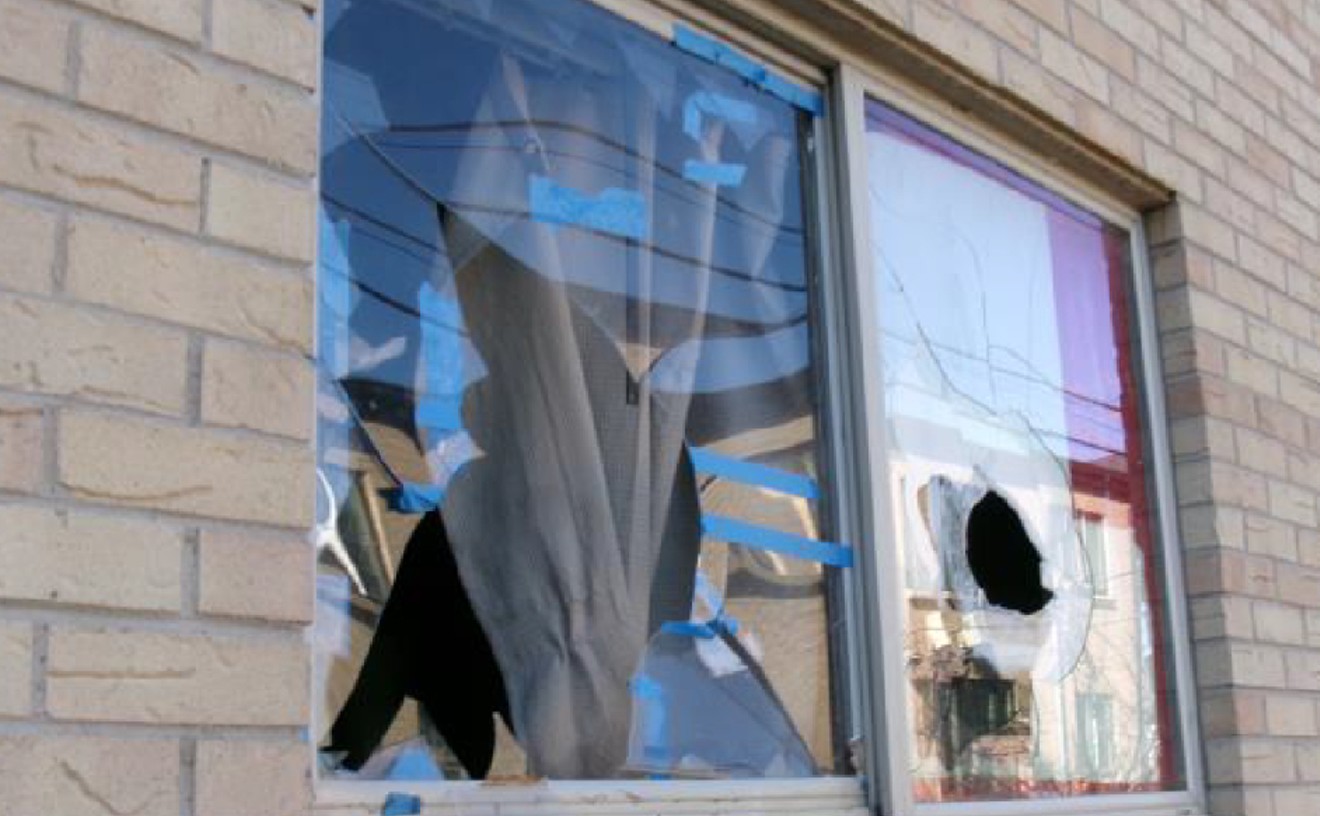After Denver police detectives left the interrogation room, the suspect they were questioning about a murder began to mumble to himself.
At least, that’s what a video recording of the interrogation suggested.
The problem was that detectives could not hear exactly what the man was saying under his breath; the audio that accompanied the video was unclear.
In past decades, Denver police may never have learned what the man was saying. But during the course of the investigation in 2012, the police turned to the National Center for Media Forensics at the University of Colorado Denver for assistance.
With the program’s specialized software, as well as the expertise required to extract evidence from audio recordings, CU Denver was able to help the Denver Police Department make a shocking discovery.
A cleaned-up version of the recording revealed that the man had mumbled, “I did it.”
These are the types of scenarios for which the National Center for Media Forensics (NCMF) prepares its students. In fact, the program at CU Denver is a leader in the field of media forensics; it's the only college program in the United States designed to educate graduate students in how to analyze and interpret audio, video and image evidence obtained during investigations and for litigation.
Since the NCMF was established in 2008 with a grant from the Department of Justice, researchers at the center, which is located on the Auraria campus, have also done much more than assist local law enforcement. The center has also been called upon for student recruitment and for forensic-analysis support from federal agencies including the FBI, CIA, NASA, NSA, Department of Homeland Security and the Department of the Interior. In a couple of cases, researchers from Denver even analyzed footage from the Boston Marathon bombings and videos purporting to be from ISIS.
Jeff Smith, the associate director of the program, says the center in Denver has developed a wide reputation for its expertise with media evidence.
While there are plenty of computer forensics programs around the world, a related discipline that involves things like getting data off of hard drives and cell phones, “our center is really the only place in the world that focuses on audio, video and photo forensics," says Smith.
“We’ve had people come here [to take courses] from all over the world,” he adds. “They’ve come from thirty different countries, including Estonia, Australia, Malaysia, Thailand, Saudi Arabia and the United Arab Emirates.”
Many of the center's foreign visitors already work in forensics labs in their home countries. “In forensics, it’s important to have continual education and training,” says Smith, especially given how media and technology are constantly evolving.
As for the CU students who've graduated from the NCMF’s master’s curriculum, they’ve gone on to work as government contractors, lab technicians, workers at regional FBI offices and assessors in the insurance industry.
But while the center is now a go-to resource for media forensics, the program had to earn a reputation to be trusted with sensitive evidence from government agencies and law enforcement.
The NCMF initially began as the brainchild of Richard Sanders, a professor who was involved with CU Denver's recording-arts program. With his background in audio production, Sanders realized that he could help draw out forensic information from audio recordings, not unlike what was later done with the “I did it” recording.
Explains associate director Smith, "We can take a recording where perhaps 1 or 2 percent of the words are intelligible and enhance it using audio processing to make the conversation much clearer."
Smith provides a common example: identifying and then subtracting music from the background of a recording, allowing a muffled conversation to become discernible.
But although it was Sanders who originally directed and came up with the idea for the program, tragedy struck when he was diagnosed with brain cancer and subsequently died in 2009.
That's when Smith, who was his graduate research assistant at the time, took over as associate director. The program also brought in Catalin Grigoras as director.
Since then, Grigoras and Smith have greatly expanded the program, which now includes video and image analysis, such as detecting whether visual media has been Photoshopped or even staged.
This was the type of analysis used when the center looked at the ISIS videos.
In late 2014, a number of videos circulating on the Internet purported to show beheadings carried out by the Islamic State, including those of journalists James Foley and Steven Sotloff. But although footage depicting their decapitated bodies at the end of the films is genuine, the lead-ups to the beheadings, as shown on the released videos, looked as if they had been staged.
The staff at NCMF were among those who suspected that the real decapitations actually occurred off-camera.
From a small laboratory inside CU's arts building on the Auraria campus, Smith cited several hints that parts of the videos were acted, including sudden cuts to black before the actual beheading and the potential use of a prop knife.
"This was not work done for the government. We obtained these videos from the Internet the same way the government would have," Smith adds. "But it was an exercise in analyzing the video footage and we shared our work to help the public get a better understanding of it during that tumultuous period."
On occasion, the NCMF will conduct such work as practice, which teaches their students the real-life skills they'll need for a job in the field of media forensics.
In cases when the center authenticates photos or videos – checking whether they have been Photoshopped or edited – Smith and his students employ software and algorithms in order to detect anomalies in compression, as well as sections of pixels that have been copied or altered.
Another source of information are the tags contained in the files' “meta data,” which include text signatures offering clues as to where the images were created and whether editing software was used. (Smith acknowledges that it's common for things like compression and meta data to be obscured when media is uploaded to and downloaded from social media and Internet content-hosting platforms.)
In 2016, doctoring and editing is still more common with images than with video, which is more difficult to alter convincingly (it requires matching things like lighting and compression on a frame-to-frame basis).
But Smith says that other types of analysis and information extraction with videos is becoming increasingly important, especially as more people take cell-phone videos.
“There are more and more cameras, and therefore, more and more exposure,” Smith points out. “Now people can see how arrests happen, and that’s been really eye-opening.”
In fact, Smith says a lot of work now goes into clarifying and stabilizing shaky videos captured by cell phones and body cameras. This work is crucial for both law enforcement personnel and citizens when reviewing video evidence of police encounters.
Smith considers it a badge of honor to have the nation's only graduate program addressing these critical skills located in Denver.
Even though there are emotional challenges that some graduates face upon finishing the program and entering the field, such as those who are assigned to labs in which technicians examine child-pornography videos for identifying evidence, media forensics in general is an expanding and increasingly important line of work.
And while students at the NCMF don’t usually have the security clearance to work on some of the requests that come in from government agencies — which Smith himself tackles but is tight-lipped about — the associate director says his students leave prepared.
Plus, they have the satisfaction of learning skills that can help bring about justice.
When reflecting on the “I did it” recording from the Denver Police Department, Smith says, “Bringing a person who’s potentially a murderer off the streets is something we’re definitely proud of helping with."

Audio By Carbonatix
[
{
"name": "Air - MediumRectangle - Inline Content - Mobile Display Size",
"component": "12017618",
"insertPoint": "2",
"requiredCountToDisplay": "2",
"watchElement": ".fdn-content-body",
"astAdList": [
{
"adType": "rectangle",
"displayTargets": "mobile"
}
]
},{
"name": "Editor Picks",
"component": "17242653",
"insertPoint": "4",
"requiredCountToDisplay": "1",
"watchElement": ".fdn-content-body",
"astAdList": [
{
"adType": "rectangle",
"displayTargets": "desktop|tablet"
},{
"adType": "rectangle",
"displayTargets": "desktop|tablet|mobile"
}
]
},{
"name": "Inline Links",
"component": "18838239",
"insertPoint": "8th",
"startingPoint": 8,
"requiredCountToDisplay": "7",
"maxInsertions": 25
},{
"name": "Air - MediumRectangle - Combo - Inline Content",
"component": "17261320",
"insertPoint": "8th",
"startingPoint": 8,
"requiredCountToDisplay": "7",
"maxInsertions": 25,
"watchElement": ".fdn-content-body",
"astAdList": [
{
"adType": "rectangle",
"displayTargets": "desktop|tablet"
},{
"adType": "rectangle",
"displayTargets": "desktop|tablet|mobile"
}
]
},{
"name": "Inline Links",
"component": "18838239",
"insertPoint": "8th",
"startingPoint": 12,
"requiredCountToDisplay": "11",
"maxInsertions": 25
},{
"name": "Air - Leaderboard Tower - Combo - Inline Content",
"component": "17261321",
"insertPoint": "8th",
"startingPoint": 12,
"requiredCountToDisplay": "11",
"maxInsertions": 25,
"watchElement": ".fdn-content-body",
"astAdList": [
{
"adType": "leaderboardInlineContent",
"displayTargets": "desktop|tablet"
},{
"adType": "tower",
"displayTargets": "mobile"
}
]
}
]











